CASE STUDY: Decomposition of a Human Body


In this case study, you are tasked to build a simulation to measure time needed for a human cadaver of some total body weight to decompose down to skeleton. Model building specifics are described below.
Decay by insects is determined by five factors:
Each of the factors has a certain "weight"; that is, some factors influence decay more than others. These weights are shown as an activity: that is, an input graph for each factor of the actual quantity and its subsequent influence on the decay process must be utilized. The graph below shows the relationship between number of carnivores (0 to 100) and the carnivore activity decay factor (listed as "activity" on the y axis). Thus, if there are 50 carnivores, the activity level that influence decay is about 0.005 (times the total body weight)
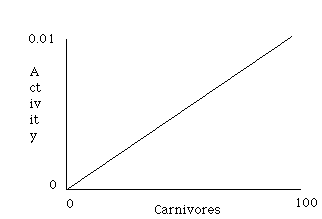
Each of the other factors is shown below with their corresponding graphs. You will need to create each of these input graphs using the appropriate skills.
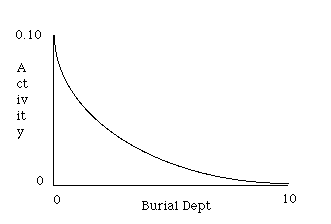
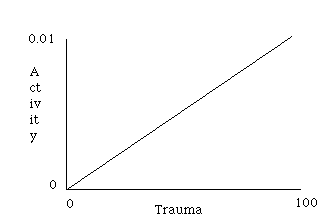
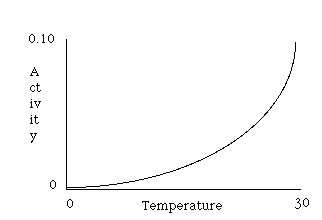
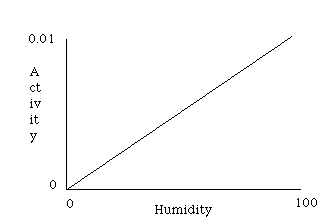
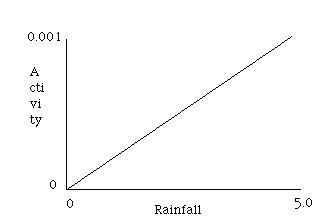
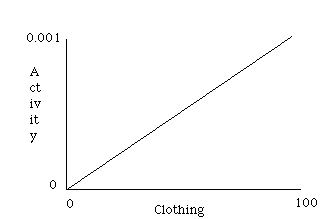
The total decay for the body is simply a summation of the three main factors (insects, burial depth, and carnivores) times the total body weight. The total decay by insects is simply a summation of the five factors that influence insect activity.
For your model, you might wish to try these settings, then investigate your own settings:
Total body weight: 150 lbs.
Burial depth: 2 feet
Carnivores: 25
Clothing: 60 percent
Humidity: 65 percent
Rainfall: 2 inches
Temperature: 15 degrees Celsius
Trauma to the body: 50 percent (pretty beat-up!)
 The Shodor
Education Foundation, Inc.
The Shodor
Education Foundation, Inc.